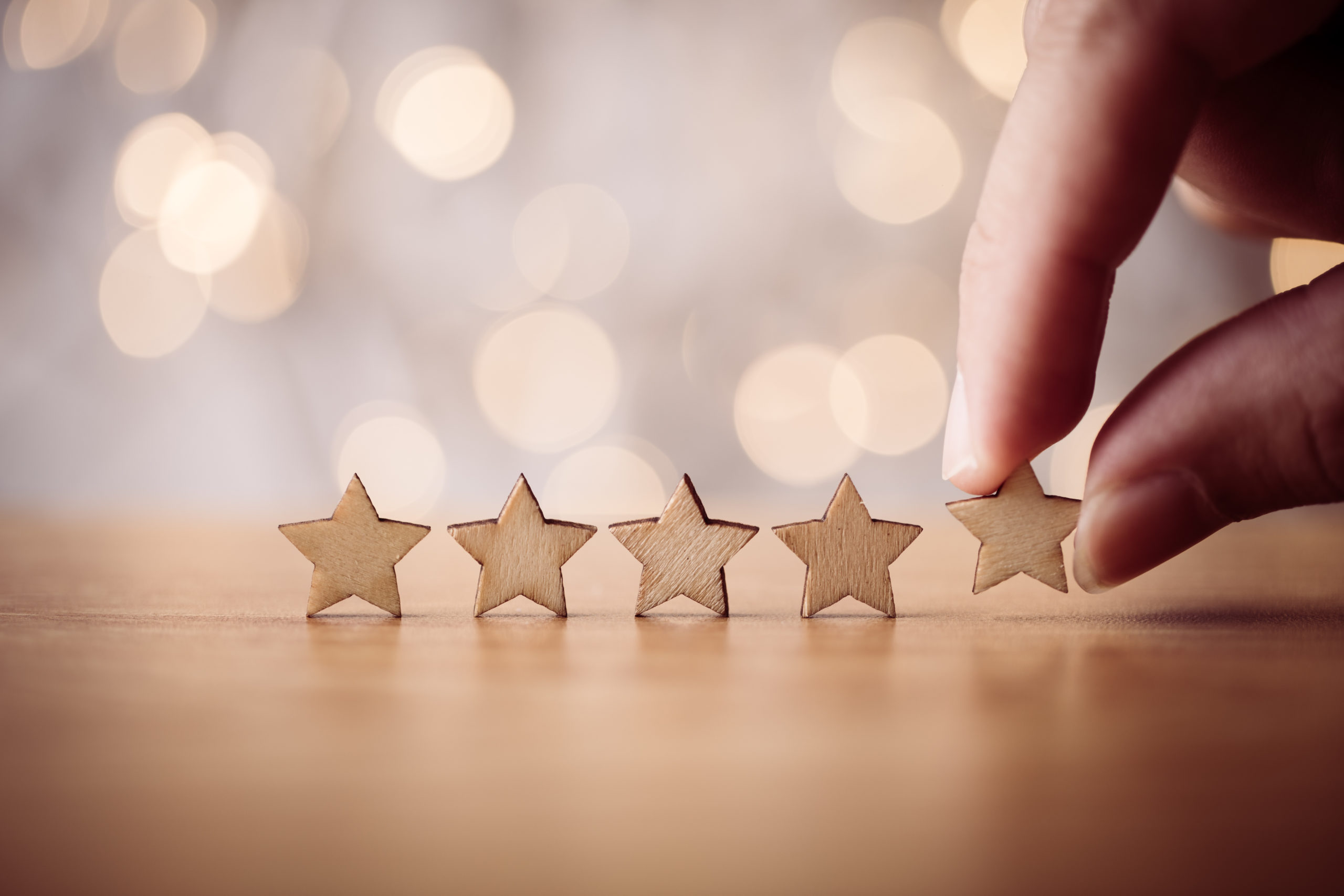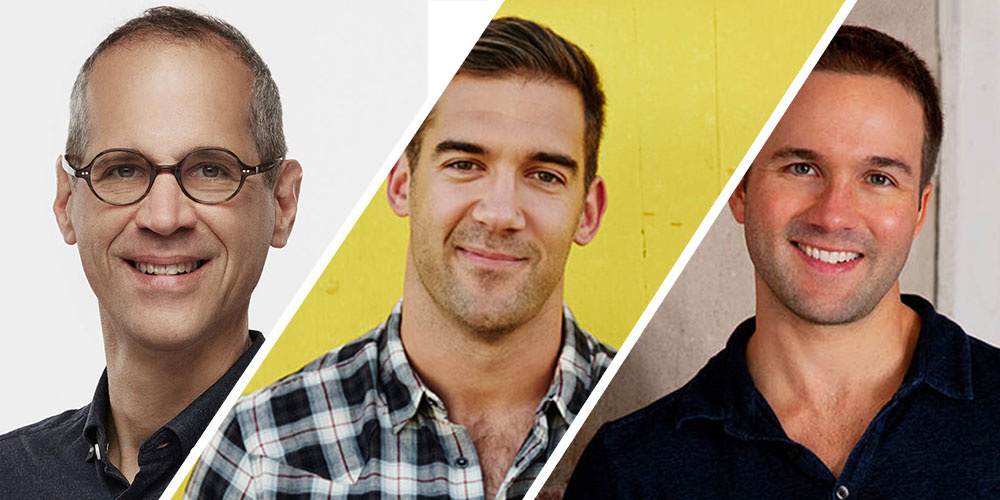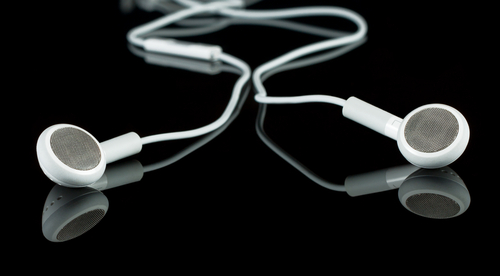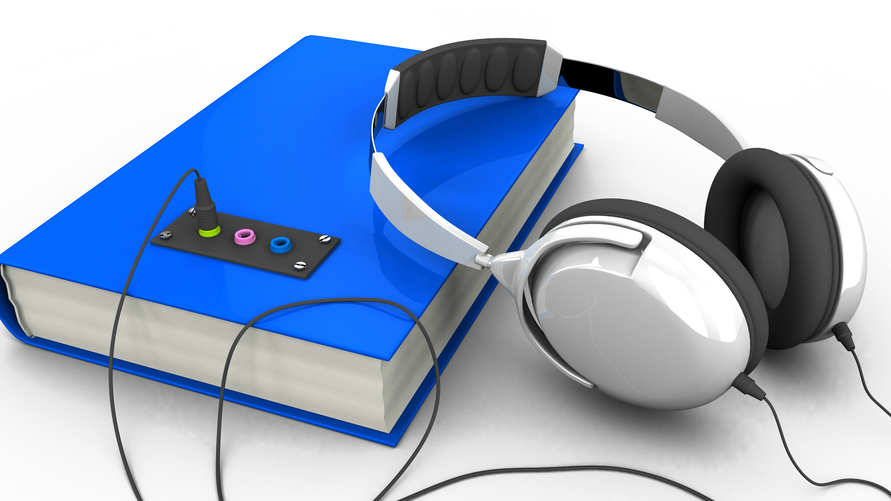Narrative is the backbone of any successful podcast, though there’s a whole lot more to great audio entertainment than just the stories. According to Reply All‘s Alex Goldman, podcasts and radio are “the theater of the mind.” If a picture is worth a thousand words, Goldman says, a word is worth a million pictures. Thus, the most important aspect of a good podcast is the ability of its hosts and producers to spark visual storytelling in the listener’s mind using only the power of sound.
Alex Goldman: What makes a good podcast is a real attention to narrative and writing and trying to tell stories that haven't already been told. A lot of shows are actually doing just radio play essentially. There are shows like The Truth that are actually doing radio fiction. It's like The Shadow or Welcome to Night Vale. It's like '30s radio. It's like '30s serialized radio. And honestly, and I don't remember who coined the phrase, but radio is the theater of the mind. It's like you can – you know how they say a picture is worth a thousand words? Well, a word is worth a million pictures. If I say tree, you can visualize millions of different trees. So we give you these stories; we give you sound, but you create the world in your head and there's something immensely satisfying about that. I mean you know roughly what we're talking about, but much like reading a book, it's like you decide what the characters look like; you decide what the host's look like; you decide what environment they're in; where it's being recorded; what the subject look like; what the world that the subjects are describing looks like. There's something really — there's a certain level of imagination inspiring and control that you get with radio that you don't get with movies or 3D or any other modern technology.





